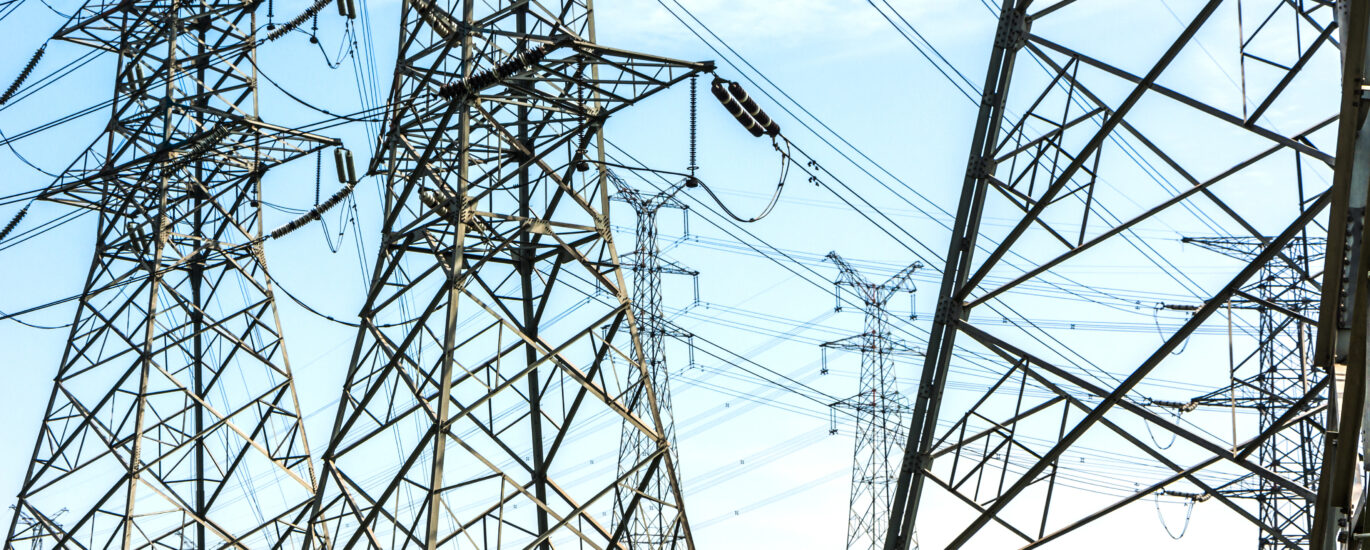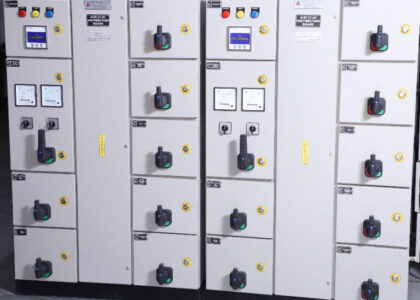In today’s interconnected power infrastructure, the electrical distribution board serves as a vital backbone for ensuring safe, reliable, and efficient energy transfer. From industrial units to commercial buildings, these boards regulate the supply of electricity to different circuits while protecting systems against faults and overloads. As power demands rise, the integration of advanced AC distribution boards and low voltage switchgear has become essential in maintaining system performance and operational safety.
In this blog, we explore the critical role of AC distribution boards in modern power systems, highlight their key features, and provide a comprehensive guide on selecting the right board for various applications.
Key Takeaways
1. Electrical distribution boards ensure centralized power control and circuit protection.
2. AC distribution boards improve energy efficiency, system safety, and power management.
3. Manufacturers of low-voltage switchgear offer solutions that are small, scalable, and ready for smart devices.
4. Selection depends on voltage, application, environmental conditions, and circuit complexity.
5. Digital Electric offers customizable AC distribution boards meeting modern power requirements.
Table of Contents
1. Understanding the Role of Electrical Distribution Boards
An electrical distribution board, also known as a panel board or breaker panel, acts as the control hub for electrical circuits in a facility. It routes electricity from the main power source to individual branch circuits, ensuring safe power delivery while housing protective devices such as MCBs (Miniature Circuit Breakers), MCCBs (Molded Case Circuit Breakers), and RCCBs (Residual Current Circuit Breakers).
These boards help prevent hazards such as overloads, short circuits, and equipment damage. Their centralized configuration also simplifies fault identification and rectification, making them indispensable in power system architecture.
2. What Is an AC Distribution Board?
An AC distribution board specifically manages alternating current power, which is the standard for most residential, commercial, and industrial setups. Unlike general electrical boards, AC distribution boards are engineered to handle varying AC voltages, loads, and frequencies.
Core Functions:
- Split the incoming power supply into subsidiary circuits
- Integrate safety and monitoring devices
- Facilitate phase-wise control and protection
The size and complexity of the application will determine whether these boards are integrated into switchgear assemblies, mounted on the wall, or mounted on the floor.
3. Low Voltage Switchgear: A Key Component
Low voltage switchgear operates at voltages below 1,000V AC and is often embedded within distribution boards. It includes components such as:
- Contactors and relays
- Circuit breakers (MCBs, MCCBs)
- Busbars and terminal blocks
- Metering instruments and protective relays
Top low-voltage switchgear manufacturers offer highly modular and intelligent systems that enhance fault protection, automation, and system monitoring.
4. Features of Modern AC Distribution Boards
Contemporary AC distribution boards come equipped with several advanced features aimed at improving safety, efficiency, and adaptability:
- IP Rated Enclosures: Weatherproof designs suitable for indoor/outdoor use
- Phase Segregation: Reduces fault propagation
- Insulated Copper Busbars: Prevents accidental arcing
- Smart Monitoring Modules: Enables energy analytics
- Fire Retardant Construction: Limits damage during faults
- Scalable Architecture: Allows future expansion
5. Benefits of Advanced Electrical Distribution Boards
Investing in high-quality AC distribution boards yields long-term advantages for facilities:
- Safety Assurance: Minimizes the risk of electrical fires and system failures
- Operational Efficiency: Reduces energy losses through organized load distribution
- Maintenance Ease: Clear labeling and structured wiring enable easy inspections
- Future-Proofing: Accommodates smart upgrades and additional circuits
- Compliance: Meets global standards (IEC, IS, CE, etc.)
6. Applications Across Industries
Modern AC distribution boards are essential across a variety of sectors:
- Commercial Complexes: Manage HVAC, lighting, and security systems
- Manufacturing Plants: Distribute power to machinery and automation lines
- Hospitals and Labs: Ensure uninterrupted supply to critical equipment
- Educational Institutions: Support labs, libraries, and IT infrastructure
- Data Centers: Enable phase-wise power and server protection
7. How to Choose the Right AC Distribution Board
Selecting the appropriate AC distribution board involves several considerations:
- Load Analysis: Calculate the total and future electrical loads
- Voltage Rating: Ensure compatibility with local supply
- Environment: For outdoor installations, choose IP65 or higher
- Circuit Complexity: Determine the number and types of outgoing circuits
- Customization: Choose scalable and modular boards
- Certifications: Ensure boards comply with regulatory standards
To obtain a customized solution for your facility, it is advised to speak with knowledgeable low voltage switchgear manufacturers.
8. Smart Features and Future Trends
The evolution of Industry 4.0 and smart buildings has introduced next-gen features in AC distribution systems:
- IoT Integration: Real-time data collection and remote monitoring
- Predictive Maintenance: AI-based alerts for component failures
- Energy Management Systems: Optimize energy usage across zones
- Plug-and-Play Modules: Enable fast expansion without downtime
These innovations allow facilities to achieve enhanced energy efficiency and safety compliance.
9. Installation and Maintenance Best Practices
Proper installation and periodic maintenance are essential to maximize performance and lifespan:
Installation Tips:
- Use certified electricians
- Adhere to wiring diagrams and color codes
- Ensure secure earthing and bonding
Maintenance Schedule:
- Quarterly inspections for signs of wear or overheating
- Annual testing of breakers and protection modules
- Immediate replacement of corroded or damaged components
Final Thoughts
An electrical system that is safe, effective, and scalable relies heavily on AC distribution boards. Their integration with electrical distribution boards and smart low voltage switchgear enhances not only safety and performance but also system intelligence.
To meet the growing power demands of modern infrastructures, it’s essential to choose distribution solutions that are built for the future.
Explore Advanced AC Distribution Boards by Digital Electric
Digital Electric designs and manufactures high-quality AC distribution boards tailored for diverse industrial and commercial applications. Our solutions are engineered for maximum safety, scalability, and performance.
FAQs
What is the function of an AC distribution board?
It divides incoming AC power into subsidiary circuits and protects each circuit with safety devices.
How is a distribution board different from switchgear?
A distribution board is a component within a switchgear system, focused on dividing and controlling circuit loads.
Why choose low voltage switchgear in modern setups?
It ensures safe operation below 1000V, offers compact designs, and integrates easily with smart systems.
What standards should electrical distribution boards comply with?
Look for certifications like IEC 61439, IS 8623, and CE marking.
Can these boards be used outdoors?
Yes, provided they come with high IP ratings (IP65 or higher) and weatherproof enclosures.


